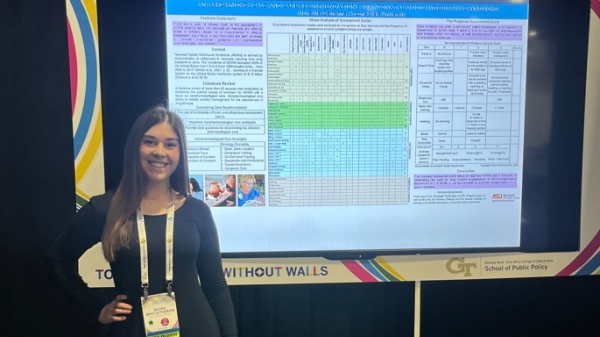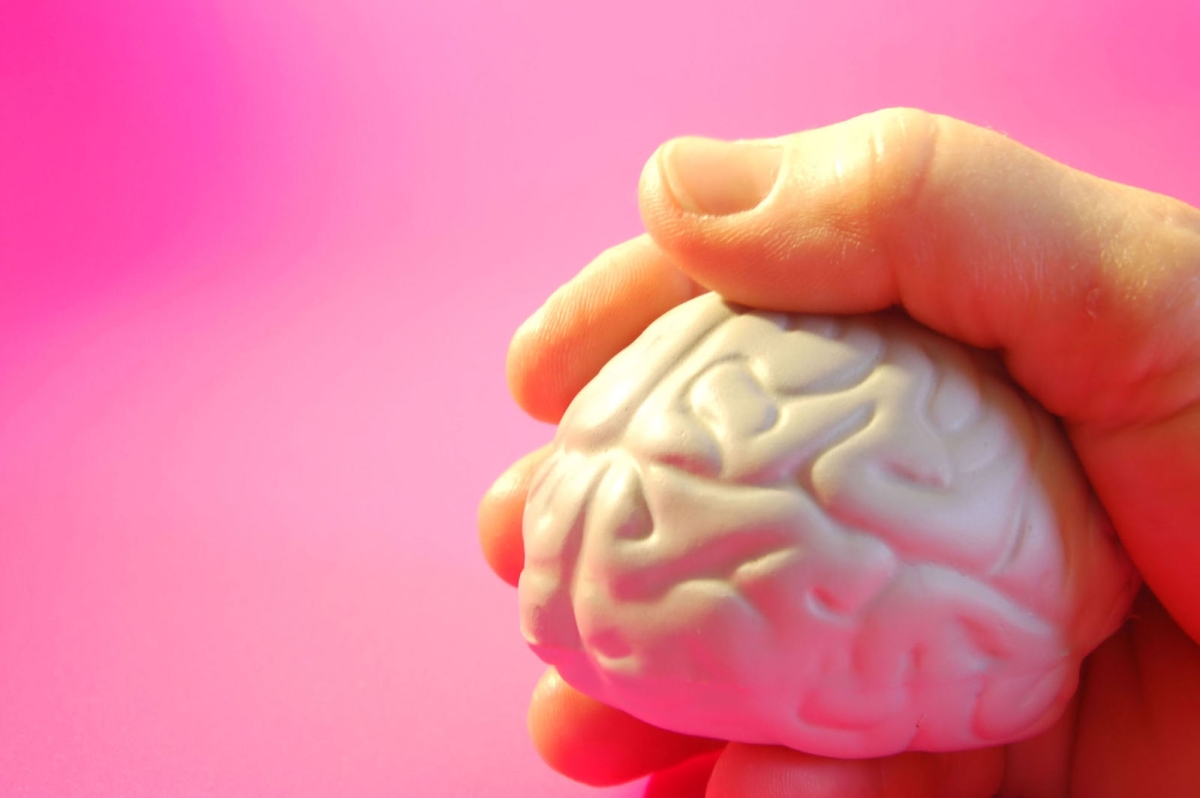Talk to 10 doctors or academics and you’ll get 10 different definitions of what the word “resilience” means.
One might say it is the ability to bounce back from adversity. Another might argue it has to do with self-discovery.
What they all can agree on is that resilience is a key ingredient to health and wellness, and that the concept needs to be implemented into their areas of practice.
The Mayo Clinic's Center for Humanities in Medicine and the ASU Institute for Humanities Research hosted “The Art and Science of Resilience” at the Mayo Clinic in Scottsdale earlier this month as part of the Imagining Health series, an initiativeThe goal of the Imagining Health initiative, which launched in February, is three-fold: enhance medical humanities research, generate more permanent ties with the Mayo Clinic and grow research capacity and visibility at ASU to make it a flagship institution in this interdisciplinary field. that promotes university-clinic collaborations that transcend the borders of disciplinary knowledge to encourage advancements in our health and approaches to health care.
In other words, they encourage outside-the-box thinking — such as ASU teaching barbers to help their customers identify health issues or working with cancer-stricken kids to share their stories.
“Resilience is not something you’re born with, but it’s dynamic and you have to develop it over time,” said Larry R. Bergstrom, an assistant professor of medicine at Mayo Clinic in Scottsdale. “You can be resilient most of your life and have one incident change all that. My job is to try and help patients redevelop their resilience, and it mainly becomes a question of ‘Who am I?’ I try and help them get that back.”
If patients are cleared through medical tests, Bergstrom said he’ll test them holistically by asking about the physical, emotional and spiritual aspects of their health. He said he looks specifically for cases of burnout or where people are no longer challenged in their lives and work. Once he can help patients identify trouble spots, they usually bounce back and resume normal lives.
Olga Idriss Davis, an associate professor with ASU’s Hugh Downs School of Human CommunicationThe Hugh Downs School of Human Communication is part of ASU's College of Liberal Arts and Sciences., said she views resilience through the prism of community, not as an individual approach.
“I’m particularly interested in how do we develop community-academic partnerships and create ways in which we can create connections, liaisons, partnerships and collaborations to bring about quality health to raise the consciousness of health in various communities,” Davis said during the panel. “Communities matter as we try and navigate ways to bring quality health to people that have been underrepresented.”
And like almost every aspect of health care, resiliency can be made or broken by a variety of external factors — including gender, childhood education, mentoring, structural conditions and lifestyle choices.
“If you had a heart attack and you went home and wanted to be resilient, you wouldn’t necessarily go back to the place or lifestyle that brought on the heart attack — diet, exercise, smoking or whatever that may be,” said Sally Kitch, director of the Institute for Humanities ResearchThe Institute for Humanities Research is a research unit of ASU's College of Liberal Arts and Sciences. at ASU. “Are we going to accept the new conditions we have or are we going to create better ones?”
Panelist Cythia Stonnington, an associate professor of psychiatry at the Mayo Clinic, believes early childhood adversity can help develop a person’s resilience as they get older.
“Sometimes those earlier hardships are actually helpful in developing the resilience skills because it shows them what they’re capable of and they’ve become less anxious as a result,” Stonnington said. “One of the skills is knowing whether your initial adaptive process is relevant to the current situation … even though they are going through a hard time, they don’t become the illness.”
Part of promoting resiliency in health care is encouraging its development in other aspects of life. Building resilience in young artists is what Stephani Etheridge Woodson does in her role as associate professor and director at ASU’s School of Film, Dance and TheatreThe School of Film, Dance and Theatre is part of the Herberger Institute of Design and the Arts..
“We look at resilience as asset building instead of looking at risk management in a way that young folks do,” Woodson said. “There will be trauma, there will be conflict, and there will be tension — both academic and aesthetic — and that is part of the art-making process. So we build capacity for resilience within the process.”
ASU isn’t just talking a good game. Researchers and staff members are implementing their work in a variety of ways.
Woodson said in 2008 that she partnered with the Phoenix Children’s Hospital Child Life Program and started a digital storytelling project called iCreate. The program embeds an artist in the hematology/oncology units and provides medically fragile children an opportunity to play and create digitally, posting their stories on YouTube.com.
Video: One of the stories to come out of iCreate.
“We have helped children ride dinosaurs, travel the world, look inside a volcano and connect with their friends,” Woodson said. “Play matters. Joy matters. Creative capacity is an asset.”
Through her work with the Southwest Interdisciplinary Research Center, Davis helped design a community-based collaboration with Phoenix-area barbers to form a health intervention program called the African American Cardiovascular Health Literacy Exploration. The program is designed to help barbershop owners to determine the health concerns of their customers.
“African-American men are often at the highest rate of mortality in terms of cardiovascular disease, heart disease, high blood pressure and stroke. The list goes on,” Davis said. “The barbershop is a safe place where men can ask questions and get information they need to understand how they can improve their overall health.”
More Health and medicine

Nursing student wins top award for research on neonatal opioid withdrawal
An experience Moira MacCatherine had as a teenager volunteering in a Level III neonatal intensive care unit impacted her in such a way that it would later inspire her research as a nursing major at…

College of Health Solutions course to explore science behind longevity, well-being
Arizona State University’s College of Health Solutions has responded to the surge in interest in blue zones — those rare communities where some of the oldest people on Earth reside — with a new, self…

ASU center hosts community gathering to discuss latest health research
Communication and collaboration were front and center as Arizona State University’s Center for Health Information and Research, or CHiR, met with community partners and other stakeholders on April 3…
